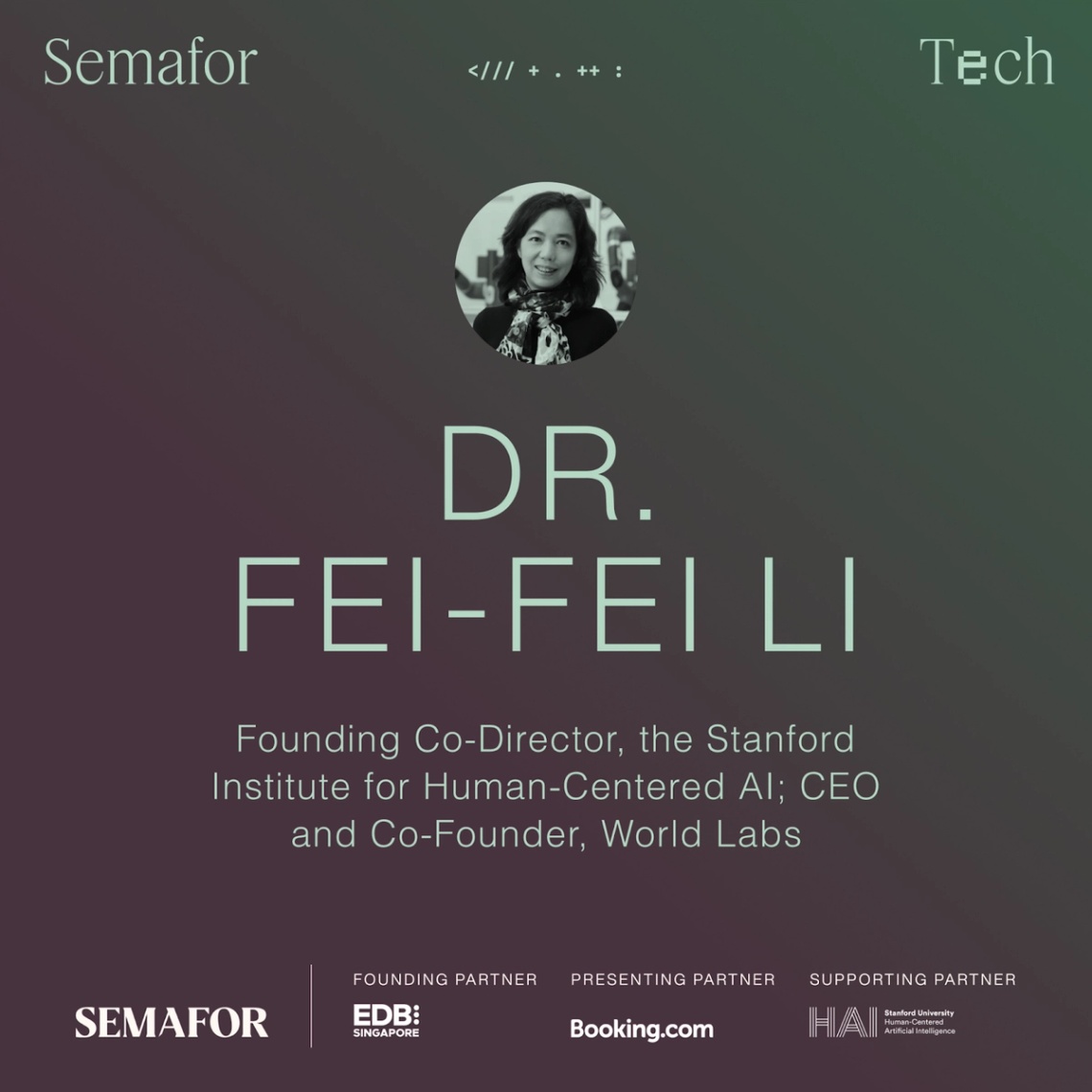I spoke with Josh Wolfe, co-founder of Lux Capital, about the venture firm’s helpline for American scientists. Lux is among a handful of VCs that make riskier bets on companies trying to commercialize basic research, cutting checks for drug discovery companies like Recursion and on robotics like Physical Intelligence.  Stephen McCarthy/Web Summit via Sportsfile. CC BY 2.0. Stephen McCarthy/Web Summit via Sportsfile. CC BY 2.0.As we’ve written several times lately, basic research is under threat in the US. That not only impacts venture firms like Lux Capital, which depend on it to feed the pipeline of innovation, but it could set the US back decades, crippling both its national security and economy. Lux wants researchers across the US to reach out and inquire about commercializing their discoveries, either by founding a startup or by finding a place within the private sector where they can continue what they were doing. “We’re hearing from scientist friends that funding is cut, they’re going to lay people off. People might be losing visas. It’s a multidimensional problem,” he says. Wolfe is quick to say this isn’t political. The current crisis is just accelerating an unfortunate post-Cold War trend of government-funded R&D dropping as a percentage of US GDP. And he says universities now sparring with the Trump administration could have done more to save their research programs, including protecting students. But like most venture capitalists, Wolfe prefers to look for solutions. “We’re willing to take more science risk than ever,” he says. The firm earmarked $100 million for the project. It’s a valiant effort, but even Wolfe knows it’s not enough. He hopes it will inspire others with deep pockets to step in, too. And it shouldn’t actually be that difficult. The National Science Foundation’s budget is about $10 billion. The NIH’s is $48 billion — about what Elon Musk paid for Twitter. There is enough wealth in the US to find a way to limit the damage by funding critical projects in areas like cancer research and materials science. | 









